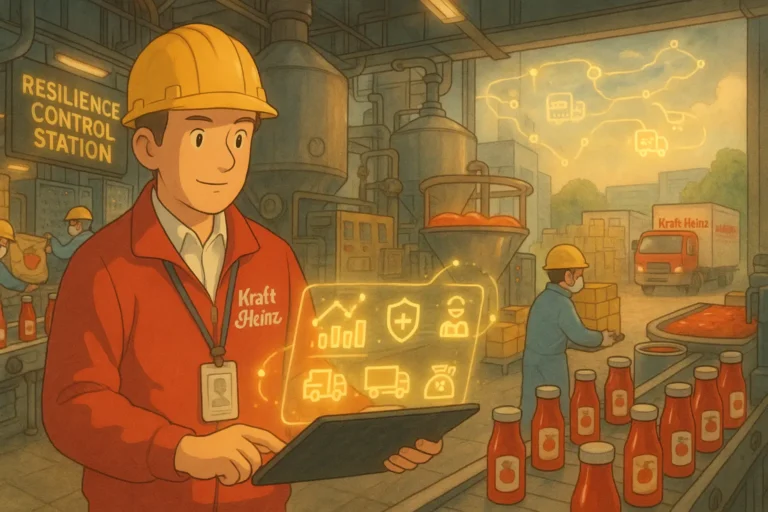
It is no news that much of Africa has unreliable access to energy resources and power supply, making optimising what is available critical. African supply chains, especially those with manufacturing processes, are the biggest consumers of energy on the continent.
In this article, we will explore how these supply chains can better optimize and maximize their available energy resources.
1. Energy Efficient Operations
This is very important for supply chains across the continent. Because of the poor availability of energy and the high cost of acquiring it, these supply chains must ensure their operations are energy efficient to maximize what they can get their hands on.
Whether in transportation, warehousing, production, or any other part of the supply chain operations, ensuring they are energy efficient can help the supply chains streamline their dependence on any energy source, giving them more powerful options.
For example, in the transportation department, supply chains can use hybrid vehicles and trucks to help reduce reliance on fuel and other petrol products. In the warehouse, these supply chains can utilize solar-powered lighting and ventilation systems.
2. Lean Manufacturing
Supply chains can consider going lean in their manufacturing process when seeking to optimise energy resources. Manufacturing or production is the transformation of raw materials into finished goods usable by the consumer.
This process traditionally requires a lot of power to be done successfully. However, when the lean strategy is applied, unnecessary energy consumption processes can be eliminated, immediately impacting energy reserves.
Lean manufacturing is important, but manufacturing can be a complicated process. Supply chains should not over-correct the process, negatively impacting production capability.
To prevent this, supply chains in Africa must also welcome the continuous improvement system. This helps to keep tweaking and observing, ultimately getting your supply chain to the desired destination.
3. Other Fuel Options
There are different types of fuel for supplying energy. In Africa, supply chains seeking alternative power typically rely on one of the following: diesel, PMS, and gas. However, there are more options, such as kerosene and Jet fuel.
When one fuel source becomes too expensive to maintain, supply chains can explore other options to help them achieve productivity without disruptions. Alternative fuel options can reduce costs and diversify energy sources for the supply chain.
The caveat to seeking alternative fuel options is to ensure the right mediums are used to transform their potential. In Africa, these are usually in the form of generators. These generators can be expensive to acquire, depending on the capacity and expected power supply.
4. Renewable Energy Resources
Renewable energy, like solar energy, is common across African homes and businesses. Supply chains can use these types of energy to help maintain sustainability in their supply chains.
It also provides them with an excellent alternative power source should the primary electricity source they rely on fail. Although renewable energy can be expensive when seeking high capacity, it lasts quite long.
They can also serve as a bridge for these businesses, ensuring there is always an active power supply between the state provided electricity and alternative forms of fuel.

Obinabo Tochukwu Tabansi is a supply chain digital writer (Content writer & Ghostwriter) helping professionals and business owners across Africa learn from real-world supply chain wins and setbacks and apply proven strategies to their own operations. He also crafts social content for logistics and supply chain companies, turning their solutions and insights into engaging posts that drive visibility and trust.








